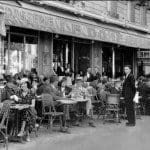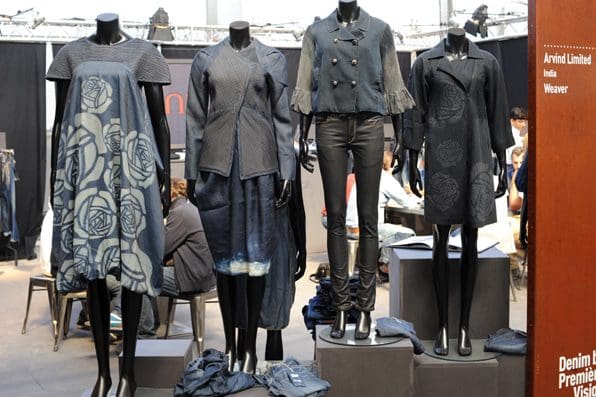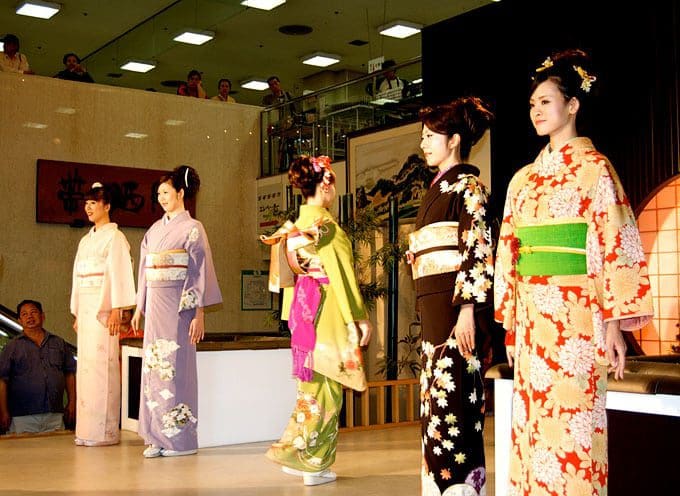‘A salute to a vanished world.’ This is a fitting, if poetic, description of the meaning of that often bounded around Latin prefix, retro. The term is, more often than not, associated with fashion, or more accurately the development of fashion, shadows of Oxford bags or rah-rah being spotted in new cuts of this and that for example. Whether one can be truly retro and fashionable is, perhaps, a contradiction in terms, but retro is certainly part of the recipe necessary for sincere elegance.
Fashion is predominantly the arena of innovation and creation, not the place to salute the past, but if a piece of design is based upon a retro throwback and is adapted, then it is still fashion, it is something new being born out of something old. It is evolution.
Retro can be eccentric as well, it is to be found in the hunting down of some original Harris Tweed, hand sewed by the weavers of the Countess of Dunmore. It is to wear a dash of Jill Sanders No4 on your neck, because it was Jacqueline Kennedy’s last favoured fragrance, disregarding the fact that it may make you smell like a spinster librarian. It is woolly stockings over chiffon tights if a woman is trying to mirror the brash bravado of a 40’s land girl digging for victory, and chiffon over wool, if she is trying to summon the aura of Natalie Wood. Retro can be embraced momentarily, when the full force of the modern, and all the bravery and pluck it takes to tackle, briefly becomes a little too much to handle , and one gazes back, with rose tinted spectacles, to the comfortable supposed perfectio
But enough about fashion, it is in music that some of the earliest examples of retro culture can be found. Let’s for a moment accept all the clichés of what one generally assumes turn of the century Paris was like, tea at Maxim’s, ladies with parasols, Art Nouveau and the Moulin Rouge, just for aesthetic purposes of course, just for a little bit of fun. And now imagine a Parisian concert hall in 1894, packed to the rafters for a premier of a new piece of music by that master of classical impressionism Claude Debussy. The piece being performed is Prelude a l’apres-midi d’un faune or Prelude to the Afternoon of a Faun. It is a beautiful and dreamy symphonic poem, in which the flute, free and buoyant, takes the part of a faun, day-dreaming his way through a sultry afternoon. He is inspired by nature and its bounteous warmth, like anyone who has lain in a field on a summers day and listened to the birdcalls, and felt the grass on your skin, and heard the sifting of moving air through summer leaves, and felt the warmth of the sun on your face, and wished, just for a moment, to be swallowed up by the entire thing, to allow your senses and sense of being to be overthrown by nature. Bored by the limitations of his waking imagination, the faun drifts into sleep, his dreams, represented by the sounds of the flute, being borne upon a bed of swirling and intoxicating strings.
The piece at the time of its premier was ridiculed, booed at, and dismissed as “darkly crazy, modern music.” You might not think that to hear it now, to the untrained ear it sounds just like any other piece of period “classical” music, but this prelude arguably gives birth to the modern musical craft. Prior to Debussy and his peers and immediate predecessors, such as Wagner, Berlioz and the peer-less Gustav Mahler, music had been tonal in nature. The notes had been hierarchical in organization, based around a particular key and often mainly focused around the white notes on a piano keyboard, highly organized and perfected music, growing out of building blocks of sound. Wagner in particular and a little later Mahler and Debussy with un faun, sparked a musical revolution by throwing this out of the window and embracing chromaticism and musical ambiguity. Chromaticism offers a much wider palette of musicality to create with; indeed with chromaticism the palette widens three fold, four fold, indefinitely. The chromatic scale mixes the white notes with the black notes; pitches are interspersed with other pitches and the combinations of chords, keys and harmonies became gradually more complicated, lush and convoluted, creating expressive, colourful soundscapes, which transported music from the black and white into the Technicolor.
Not that perfection cannot be found in black and white of course, like Casablanca or Now Voyager in comparison to their colour rich successors, tonal perfectionists like Bach or Mozart, often outdo their chromatic successors, even with simpler tools.
And so musical clarity melted into a hazy intoxicating smoke and Prelude a l’apres-midi d’un faune was only right at the start of this progression, there are still elements of tonal composition within its dreamy bars, but the canvas is notably smudged at the edges. Ultimately the tonal fences and walls, which restrained the experimentation of these early chromatic composers, would crumble, leaving music unchecked and able to run free in a jungle of unnatural sound and chromatic hallucinatory clouds and howls. This of course begs the question if and how music should be contained and is unconfined music, too ambiguous to understand?
But, that question is not for now, this dramatic collapse of the tonal musical empire demanded a retro response and it came, wonderfully, in the form of Maurice Ravel’s La Valse. Of course the piece is about much more than musical revolution, it is about word-wide revolution, a riposte to a changing world. The form used is the waltz, which was, by 1920, the year of La Valse’s creation, unfashionable and outdated. Ravel grabs it by the scruff of the neck and breathes new life into it, before demolishing the old form waltz with the brashness of the new musical style, briefly forging new and old together. He uses the retro to highlight what he sees as the flaws in the changing early 20th century landscape, both musically and politically.
La Valse grumbles and bounces and sways to begin with, bringing to mind a dusty troupe of aged fossilised aristocrats, in cobwebbed gowns and foisty dresses, who have been summoned from the tomb to waltz again in a gilt, but neglected ballroom. They are grouchy at first, afflicted, torn and broken, but then they get into it. Society beauties regain their finesse, marquises and counts, their gentrified polish. Marie Walewska arrives in a flourish of trumpets, walks over to the Duchess of Parma and slaps her across the face. She drops her champagne, the glass shatters on the floor and the attendees stop and turn and stare, the Duchess blushes and Marie whispers “nique ta mere” an inch away from her face, and a dowager countess faints. Then the orchestra kicks in, all powdered wigs and livery, the tonal boundaries have suddenly been rebuilt, complete with razor wire and watch towers, as the aristocracy rises and falls to the traditional waltz. But then the floor starts to shake, the walls crumble, debris fall to the floor and a chandelier whistles from ceiling to ground, in pieces.
The doors burst open and in pile hundreds of soldiers, Cossacks, bombardiers and Prussian cavalrymen. As artillery pounds, the waltz struggles to be heard, but it fights on, the old order still dances, dresses and shirts blooded. As shrapnel flies into the engines and the chromatic engulfs the tonal, the waltz whirls around erratically like the rotors of a downed helicopter, fighting against slashing strings and blaring brass, bringing to mind blitzkrieg through Guernica. Then bombs fall and the floor cracks and a great dark abyss can be seen, the waltz has one final bristle, one last gust, one last gasp for survival over the din of war and pillage, and then the whole affair tumbles into immortality.
If retro can be a kitsch nod to the past or a fiery riposte to the state of the present, then Ravel’s La Valse is certainly the latter. The retro use of the waltz highlights not only the collapse of the musical conventions of earlier centuries, but also the disintegration of European high society after the First World War, and indeed in its thundering apocalyptic climax, predicts the complete fiery destruction of old Europe in the Second World War. La Valse is certainly not retro for the sake of the evolution of music; it is retro to highlight the dangers of unchecked and un-tempered revolution. Change is fine, but change without boundaries and without a firm respect for the past will lead to mayhem, both culturally and politically. ‘A salute to a vanished world’ can be so much more than a thrift shop and a vinyl record.
If you want to listen to some of the music mentioned in this article here’s a couple of links:















